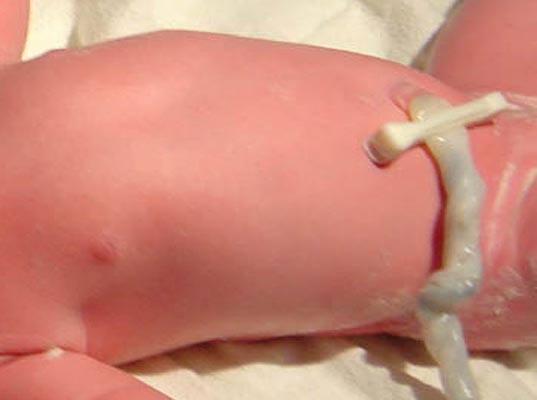Viability. For those trying to justify abortion, it almost seems like a magic word, the quality that singlehandedly determines whether or not a baby has any rights. If a baby can’t survive outside his or her mother’s womb, they say, it doesn’t count as a real person; it’s just a part of the mother’s body.
But like all magic, the viability standard is a mere trick, a rhetorical sleight-of-hand directing the audience’s attention away from the truly relevant facts about a baby’s humanity. In truth, “viability” has no real ethical relevance.
How could it? Surely the protection of the womb and the nourishment of the umbilical cord can’t be morally significant, since these needs – shelter, nutrients, oxygen – are not at all different from the needs of adults; only the delivery method is different. None of us are “viable” without external aid of some sort.
Is it the lack of certain fully developed, functioning organs which makes the difference? Pro-aborts should think twice before answering yes, considering that various birth defects, accidents, and illnesses can render children and adults similarly “non-viable,” their organs unable to sustain them without the aid of devices such as pacemakers, dialysis machines, iron lungs, prosthetic limbs, or in some cases, entire artificial organs. Yet most of us would instinctively recoil at the suggestion that our similarly afflicted friends or relatives are somehow less human or less worthy of protection.
Or perhaps it’s the dependence on a fellow human being that makes the difference. But here, too, there’s less than meets the eye. Though connected to a mother’s body, it does not follow that fetuses are part of the mother’s body. Scientifically speaking, humans are unique individuals from fertilization onward, with their own unique DNA, growth, and needs, and as Catholic philosopher Peter Kreeft points out, “if the fetus is a part of the mother, then the parts of the fetus must be parts of the mother. But in that case, every pregnant woman has four eyes and four feet, and half of all pregnant women have penises!”
Further, we have real-world examples of adults who are connected on a far deeper physical level than any mother and unborn child. Consider George and Lori Schappell:
The twins, from Pennsylvania in America, were born sharing 30 per cent of their frontal lobe brain tissue and critical blood vessels, meaning they cannot be separated.
A court then decided their parents couldn’t care for the twins properly and they were placed in an institution in which the majority of patients were suffering from severe mental disabilities, despite neither twin having such a disability.
Lori says: “There was absolutely nothing wrong with us, apart from physically.
“But people didn’t know any better.”
Lori is a “champion ten-pin bowler,” while George “performs as a country and western singer.” If sharing part of a brain doesn’t keep people from being distinct individuals, then how can a simple cord passing blood mean anything?
Contrary to its prominence in pro-abortion arguments, viability doesn’t make anyone more or less human, alive, or worthy of respect and protection. Justifying something as severe as the destruction of innocent human beings will take much more than a smoke-and-mirror routine about humans’ basic needs.








